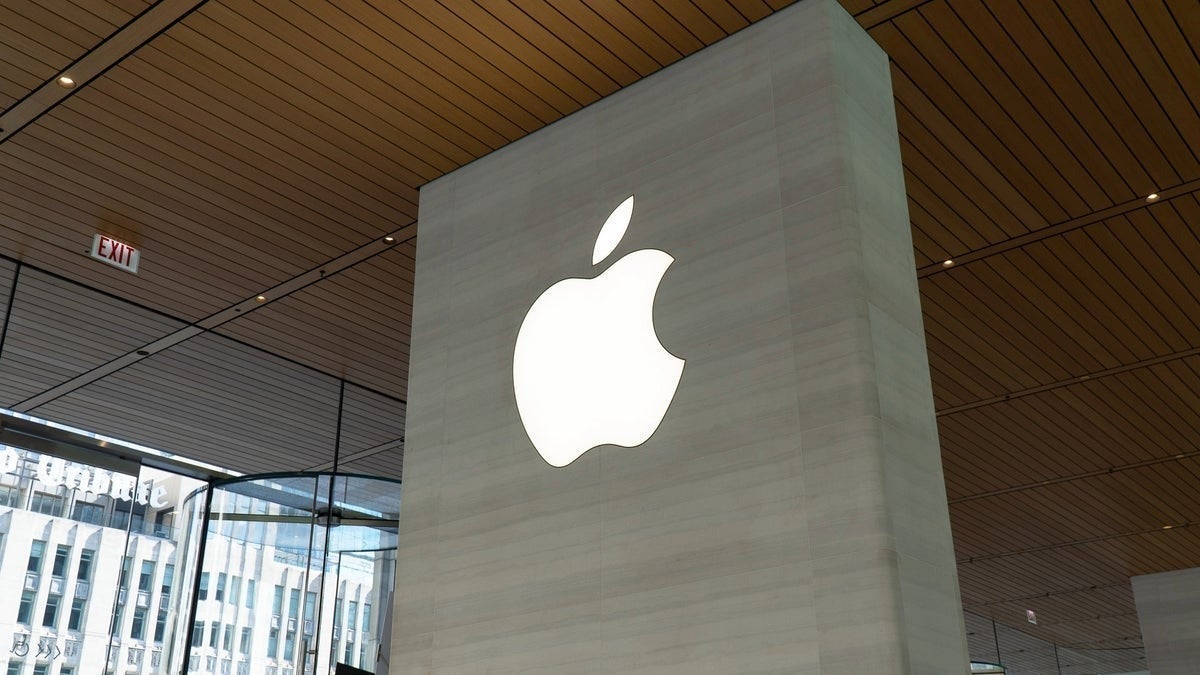Apple loosens App Store rules in the EU, but here's the new fee scheme

Back in June, Apple became the first company slapped with a warning that it is not complying with DMA – Digital Markets Act of the European Commission (EC).
When I come across "Apple" and "the European Union" in the same sentence, I automatically think of slalom: you know, Apple trying to evade the EU's advice and recommendations looks to me like a ski race down a winding course.
When Vestager mentions "steering," she is referring to the ability of app developers to guide customers towards alternative payment options through website links and similar methods outside Apple's App Store.
The European Union's Digital Markets Act mandates that electronic devices sold in the EU must support alternative methods for app installation and payment. This regulation ensures that users and developers have choices beyond the default platforms and payment systems provided by the device manufacturer or app store.
Today, it's no different. We're witnessing yet another grand slalom from Apple.
Apple is making significant changes to its App Store policies in the EU, but (!) there's also a new fee scheme.
So, Apple is relaxing its previous restrictions on how developers can create links to external payment methods. Developers can now use more flexible, dynamic links. These links can lead users to any website, including other app marketplaces, and can include parameters, provided these are not used for advertising or user profiling. Previously, links had to be static and direct users to a website without parameters.
Additionally, apps can now open these external links within the app itself, rather than forcing users to switch to a web browser like Safari. Apple is also updating the user disclosure sheet to be more user-friendly, allowing users to opt out of seeing it in future interactions, as 9to5Mac's report on the matter states.
For apps under EU alternative business terms, there will be an Initial Acquisition Fee of 5% on digital goods and services purchased by new users during the first 12 months after downloading the app.
However, the Store Services Fee is higher at 20%, though it can be reduced to 7% for Small Business Program members or qualifying subscription renewals after one year.
This updated fee structure involves both the Initial Acquisition Fee and the Store Services Fee, with the Initial Acquisition Fee applying to new users' purchases within the first year and the Store Services Fee applying to all digital sales within a 12-month period from the app’s installation.
If a user continues using the app after 12 months, only the Store Services Fee will apply. If the app is deleted, the fees stop after the 12-month period. These fees apply to new purchases of digital goods and services, but not to existing subscriptions or renewals.
If a user initially downloads the app and later makes a purchase through a different device, both fees will still apply because Apple considers the app download as the starting point for the sales conversion.
Developers can review the updated fee terms on Apple’s developer website, where a new fee calculator is also available to help assess the impact of these changes.
When I come across "Apple" and "the European Union" in the same sentence, I automatically think of slalom: you know, Apple trying to evade the EU's advice and recommendations looks to me like a ski race down a winding course.
Our preliminary position is that Apple does not fully allow steering. Steering is key to ensure that app developers are less dependent on gatekeepers’ app stores and for consumers to be aware of better offers.
– Margrethe Vestager, EU competition head, June '24
The European Union's Digital Markets Act mandates that electronic devices sold in the EU must support alternative methods for app installation and payment. This regulation ensures that users and developers have choices beyond the default platforms and payment systems provided by the device manufacturer or app store.
Apple is making significant changes to its App Store policies in the EU, but (!) there's also a new fee scheme.
So, Apple is relaxing its previous restrictions on how developers can create links to external payment methods. Developers can now use more flexible, dynamic links. These links can lead users to any website, including other app marketplaces, and can include parameters, provided these are not used for advertising or user profiling. Previously, links had to be static and direct users to a website without parameters.
Additionally, apps can now open these external links within the app itself, rather than forcing users to switch to a web browser like Safari. Apple is also updating the user disclosure sheet to be more user-friendly, allowing users to opt out of seeing it in future interactions, as 9to5Mac's report on the matter states.
Apple's new fee system for apps that use external links
For apps under EU alternative business terms, there will be an Initial Acquisition Fee of 5% on digital goods and services purchased by new users during the first 12 months after downloading the app.
For apps under standard business terms, the Initial Acquisition Fee is still 5% for new users within the first year.
However, the Store Services Fee is higher at 20%, though it can be reduced to 7% for Small Business Program members or qualifying subscription renewals after one year.
This updated fee structure involves both the Initial Acquisition Fee and the Store Services Fee, with the Initial Acquisition Fee applying to new users' purchases within the first year and the Store Services Fee applying to all digital sales within a 12-month period from the app’s installation.
If a user continues using the app after 12 months, only the Store Services Fee will apply. If the app is deleted, the fees stop after the 12-month period. These fees apply to new purchases of digital goods and services, but not to existing subscriptions or renewals.
Developers can review the updated fee terms on Apple’s developer website, where a new fee calculator is also available to help assess the impact of these changes.
Follow us on Google News












Things that are NOT allowed:
To help keep our community safe and free from spam, we apply temporary limits to newly created accounts: